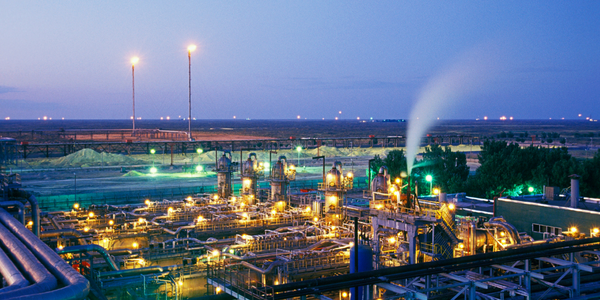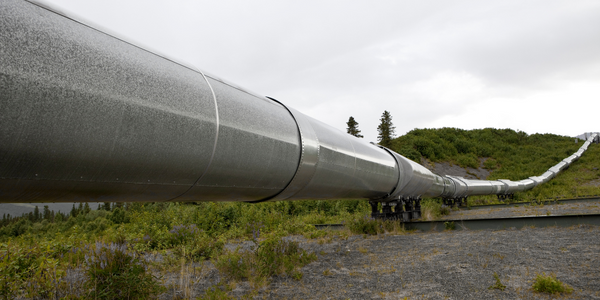Technology Category
- Sensors - Environmental Sensors
- Sensors - Gas Sensors
Applicable Industries
- Oil & Gas
Use Cases
- Continuous Emission Monitoring Systems
- Indoor Air Quality Monitoring
Services
- Training
About The Customer
Margo is an IT consulting group based in Paris, with over 400 employees. They operate in the consulting industry, providing support to companies in their digital acceleration. Margo is driven by sustainability and social commitments, and they have been actively involved in measuring and improving their environmental impact. They have trained their teams on the environmental footprint of digital activities and have taken steps to reduce their impact, such as partnering with local suppliers. Margo has been a signatory of The UN Global Compact since 2013.
The Challenge
Margo, an IT consulting group, is committed to sustainability and social responsibility. They have been actively involved in measuring and improving their environmental impact, training teams on the environmental footprint of digital activities, and taking steps to reduce their impact. However, they faced a challenge in understanding their environmental footprint, particularly their greenhouse gas emissions. They had little knowledge of carbon accounting and how to reduce their emissions, a problem common to many companies today. Additionally, Margo was seeking a collaborative solution to implement a climate program that would involve all their stakeholders in acting for the planet. They needed the right tools and resources to implement this program smoothly across their offices in Paris, London, and Warsaw.
The Solution
Margo turned to carbon management tools as a quick and accessible solution to engage their teams and partners in understanding and managing their carbon footprint. They chose to use Sweep, a carbon management tool. Within a few weeks of using Sweep, Margo was able to get a first overview of their greenhouse gas emissions, covering over 400 employees across three offices in three countries. The tool allowed them to automate data collection with surveys, increasing the granularity of their carbon footprint. They were also able to manage their carbon activities autonomously on Sweep, from building a reduction roadmap to reporting emissions.
Operational Impact
Quantitative Benefit

Case Study missing?
Start adding your own!
Register with your work email and create a new case study profile for your business.













